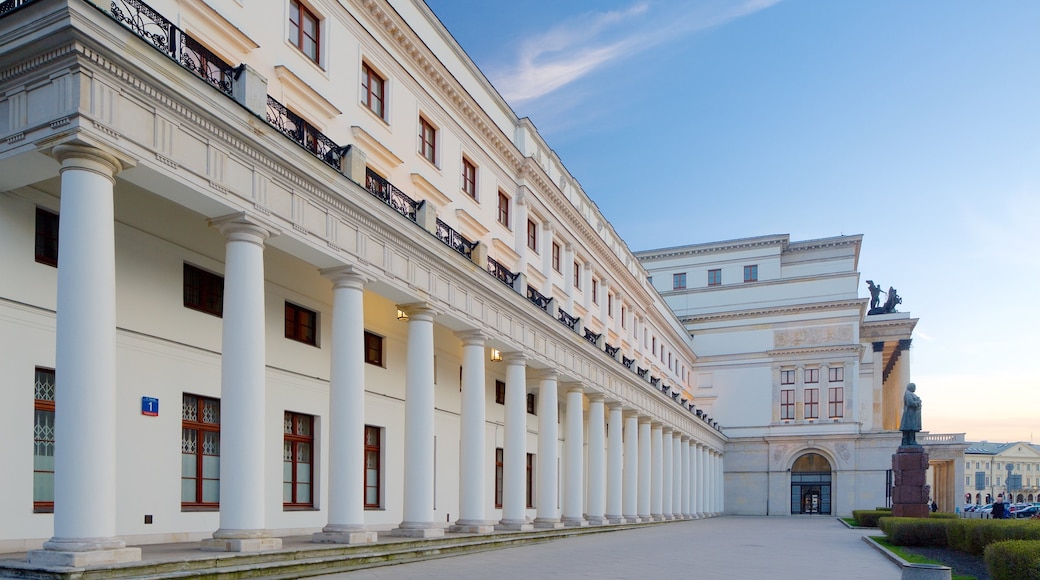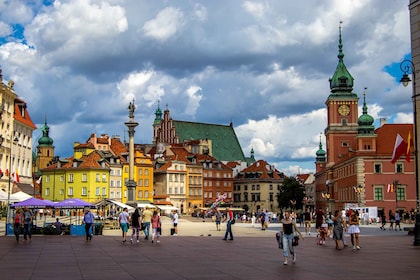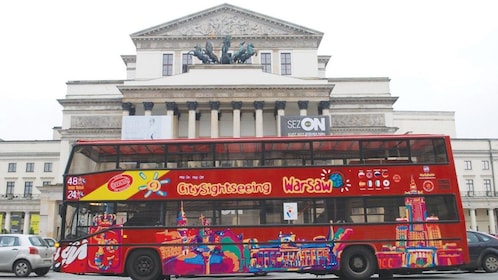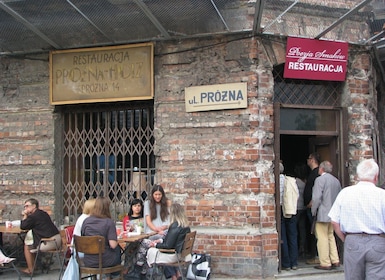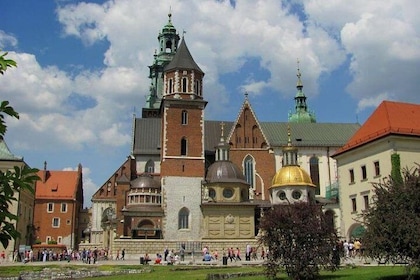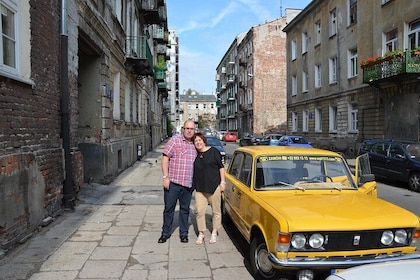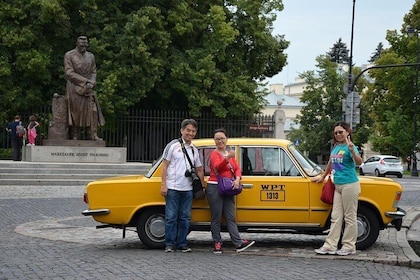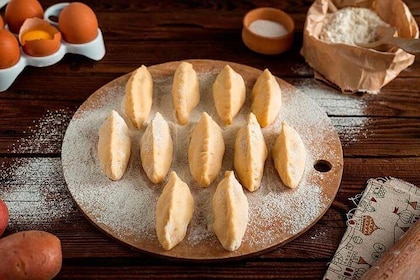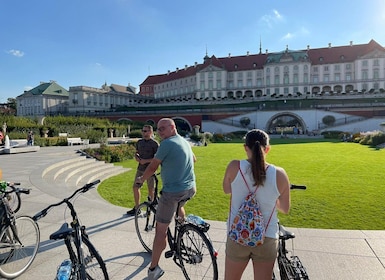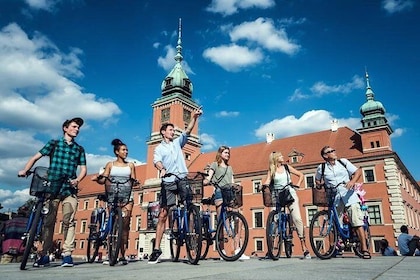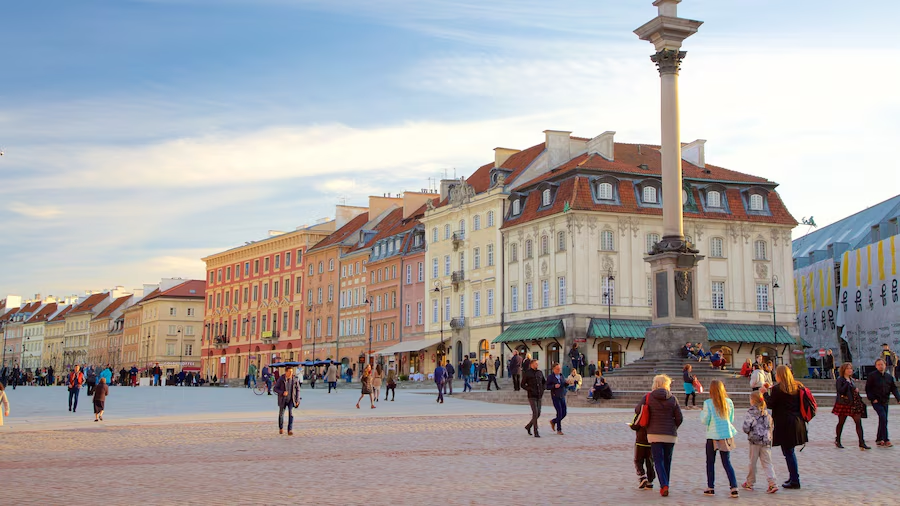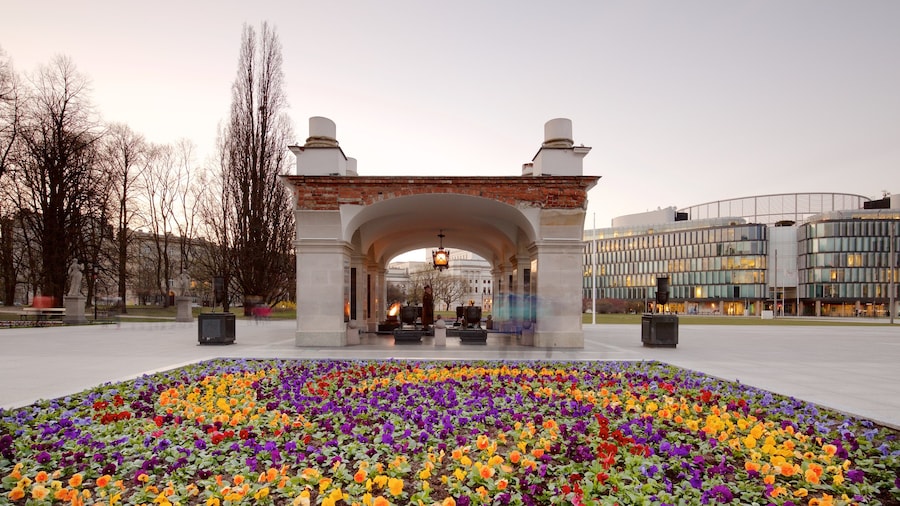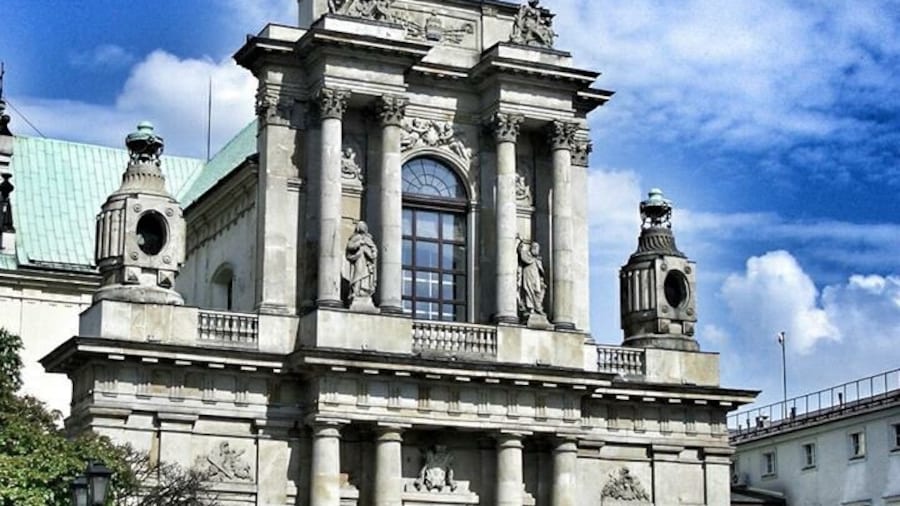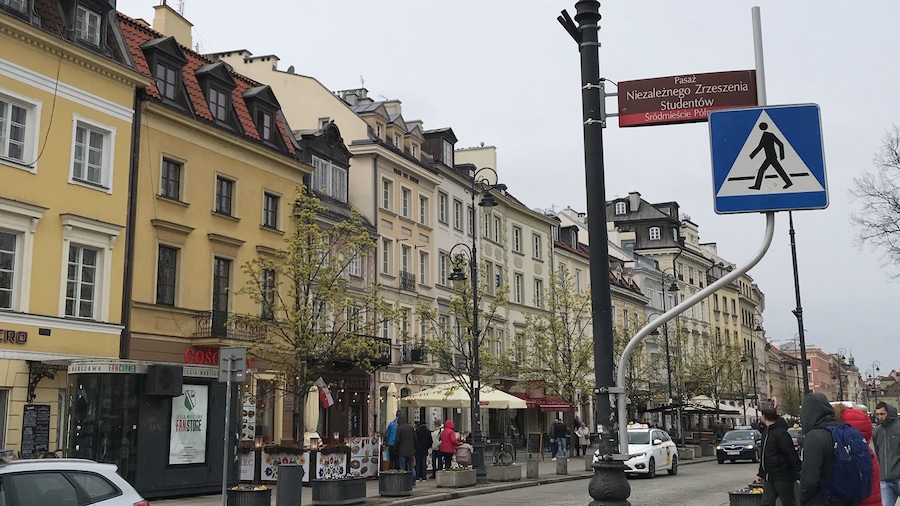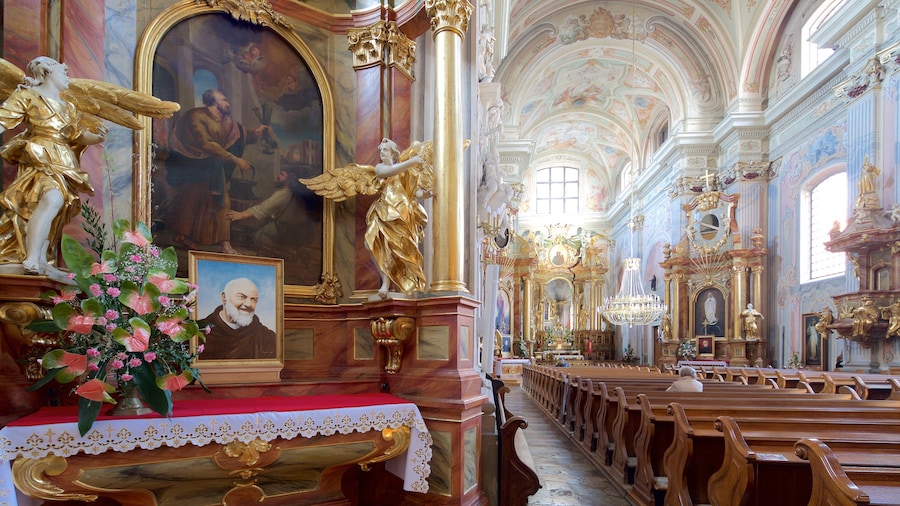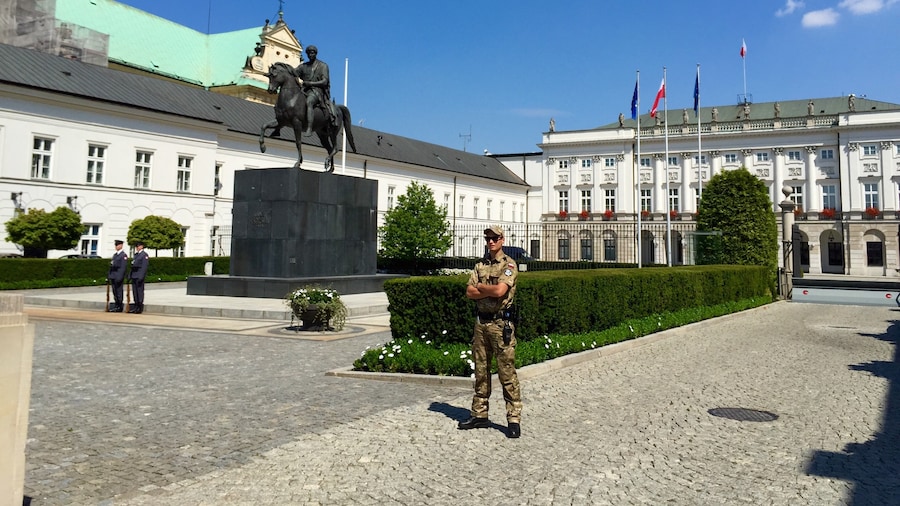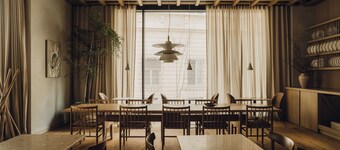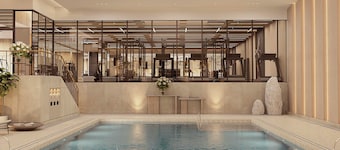Visit this striking 19th-century building, one of Warsaw’s principal centres of art and culture.
The Grand Theatre is home to the Polish Opera, the National Ballet and the National Theatre. See the spectacular events hosted here, which range from performances to lectures. Admire the building’s gorgeous classical architecture and learn about the history of Polish theatre at the on-site museum.
Inspect the theatre’s classical façade, which dates back to the mid-19th century. Notice the pair of statues which depict the founders of theNational Theatre and National Opera, Wojciech Boguslawski and Stanislaw Moniuszko, respectively.
Look toward the top of the building to see a statue of Apollo. Added in 2002, the statue was actually part of Italian architect Antonio Corazzi’s initial design. It was not ultimately able to be included during the building’s original construction because Tsar Nicholas I did not want the theatre to outshine any of Russia’s buildings.
The façade is one of the few remaining parts of the original theatre, having survived the bombings that occurred during World War II. The rest of the building had to be reconstructed after the war. Check out the plaque to the right of the theatre’s main entrance, which honours the many victims of fascism.
Inside the building, find a lavish 1,800-seat auditorium, as well as a smaller 248-seat theatre. These auditoriums are the settings for performances of opera and ballet. The line-up typically focuses on Polish composers, but also includes classic works by Beethoven, Mozart, Tchaikovsky, Verdi and Wagner, among others. The west wing of the building is occupied by the National Theatre, a separate institution that performs classic plays from both international and Polish literature.
Don’t miss the Theatre Museum, dedicated to the history of Polish theatre and its influence on national culture. See costumes, posters, programmes, stage set designs and memorabilia related to famous performers.
The theatre season runs from September to June, with performances throughout the week. Reach the Grand Theatre by bus or tram. It’s worth stopping here at night to see the theatre illuminated with floodlights, which emphasise its ornate features.

